On the coast of Sausalito, a quarter mile from Marinship Park, is the venue for Sausalito’s historical art festival. Tucked inside a bleak ordinary office building, is Bay Area artist Raylene Gorum’s lively art studio.
Originally from San Jose, Gorum graduated with a B.A. in architecture from California Polytechnic State University.
Shortly after graduating, Gorum moved to New York where she owned a karaoke bar for five years until fully committing to art in 2014, traveling all over the country, working on installations in Nebraska, Connecticut, New York and Washington.
Gorum returned to the Bay Area 10 years ago as a working artist, using her architecture background and affinity for community-centered art, Gorum specializes in building-sized public art installations.
One of her latest works, the ‘Lady Bayview’ located in Bayview-Hunters Point, tells the story of heartbreak and resilience that encapsulates the history of the neighborhood.
Gorum’s ties to Bayview-Hunters Point begin with her grandparents.
“My grandparents were an interracial couple and they couldn’t get married in California until 1948 because it was illegal before then,” Gorum said.
Reflecting on family stories passed down from Gorum’s uncle, who grew up in the Bayview and worked as a jazzman and booking agent for a jazz workshop in downtown San Francisco, Gorum stated her most enjoyable projects are in her figurative Bay Area backyard.
She currently lives on a houseboat within a 30-year-old community of artists and maritime workers, all working and living together, contributing sweat equity in exchange for affordable housing.
“You have to be a little crazy to want to live on the water,” Gorum said.
In this line of work, it’s important to be where the art is happening, said long-time friend of Gorum and woodworking artist, Owen Laine.
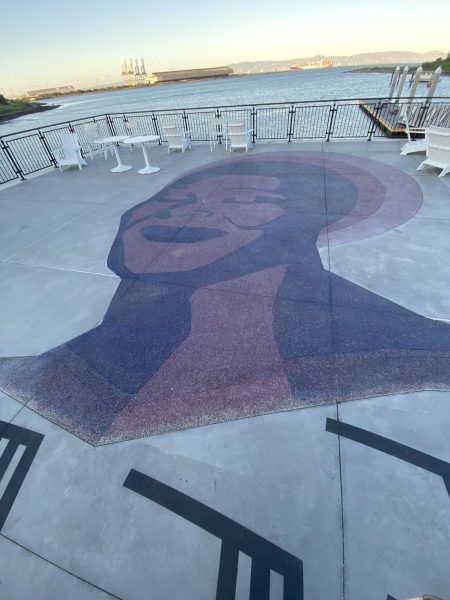
Gorum’s creative process begins with a research dive into the history and culture of the installation site to figure out the most daunting task of a public artist: how to best represent the community the art is in.
The ground mural, ‘Lady Bayview,’ is Gorum’s largest installation project and stands out from her more abstract interpretive style as a storytelling piece composed of figures.
“I would look at waves of different immigrants like the Chinese [who] were there at the turn of the century,” Gorum said. “And then the city of San Francisco declared them unsanitary and burned down the whole village, there’s etchings of that. There’s wave [after] wave of different groups and displacements, always at the edge of the city, and a lot of heartbreak and also a lot of resilience.”
Gorum highlights the innovation, but also the cycle of gentrification that makes up the complex identity of the neighborhood through incorporating illustrations of the Alma, a flat-bottomed schooner boat built by Fred Siemer in the late 1800s in Hunters Point.
As well as through paying homage to the merits of the Ohlone tribe, who, predating European colonialism, used the Southeast neighborhood as a summertime settlement, who are represented by the illustrations of canoes.
Finally, Gorum tells the history of the Chinese shrimping village in the Bayview through illustrations of Chinese junk boats.
“The history of the ships is also the history of the people, but they’re held within this feminine energy,” Gorum said. “And she’s this protective spirit, and she’s an amalgam inspired by the Big Five. You can’t really pick one, so she’s representative, she’s trying to pull in that spirit.”
The story of the ‘Big Five of Bayview’ begins with five Black women from Bayview-Hunters Point who travelled to Washington D.C. in 1973 and lobbied to Housing and Urban Development officials, securing over $30 million in funding that would be allocated to much-needed housing and social welfare programs for the community.
The most commonly recognized ‘Big Five’: Julia Commer, Bertha Freeman, Osceola Washington, Elousie Westbrook, and Ruth Williams were mothers and respected members of the community.
The focal point of the entire mural, an amalgam of all the women, reminiscent of ‘Lady Liberty’, presented the story of the Big Five as a shining light to some of the tragic history of Bayview-Hunters Point. A counterpoint to other derogatory narratives about the neighborhood, according to Gorum.
The structure of the mural is meant to guide visitors through the history of Bayview-Hunters Point and invite them to learn more about the rich history of the neighborhood, said Gorum.
Larry Berry, India Basin campus manager with the Recreation and Park Department, said, art is so successful at facilitating community engagement because of its subjectivity. The disagreements that arise from the individual perspectives and opinions around art are what generates people’s interest in the process of art and local government.
“I have an affinity for murals, especially when it features people that I feel look like they’re from our community because it kind of resonates with me. It helps me make a determination of how connected to the community that piece of art is,” said Berry.
The site-specific installations depicting the history of the neighborhood help make the park unique, said Glen Izaba, as he and his family lounged in a chair at the peak of the ‘Lady Bayview’ mural, overlooking the Bay.
Naomi Torres, first-time visitor of the ‘Lady Bayview’ attested to the impact of public art, stating that such installations entice her to interact with them by simply just being there.
“They provide a good setting, and also what they include or show can make people feel welcome, depending on what they show and the stories they tell,” Torres said.
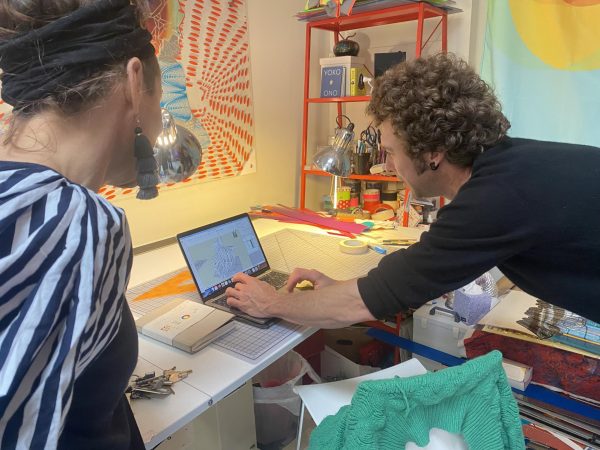
Gorum’s signature for vibrant colors is driven by the notion that color is the purest form of emotion and one of the driving forces in facilitating discussion about the art and the community it’s in.
When she first emerged as an artist in New York, Gorum worked her way up by doing free projects to build a portfolio and generate a clientele base.
Role models of the art world such as; public installation artist Christo and Jean-Claude cultivated this persistence Gorum has towards art.
“They [Christo and Jean-Claude] had this model, where they would imagine a big public installation. Like they wrapped L’Art de Triomphe in Paris, but they composed it 40 years ago, and [people said], you could never do this. But then, after they’ve done so many other big projects, then they finally kind of got permission to do it, and so that’s that persistence and long burn,” Gorum said.
Gorum said one of her upcoming installations, which will debut at this year’s Burning Man Festival, is likely to leave her in debt.
“We’re not looking at that as a lucrative prospect here,” Gorum said. “It’s like, ‘alright, how much credit card room do I have?’”
The community engagement Gorum is able to cultivate through her persistence and passion for art supersedes financial gain.
Gorum’s most physically exhausting piece she’s ever worked on, was a mural called ‘All Our Children United,’ located at the Caltrain underpass that connects Marin County and Saulsalitio.
The 215-foot mural took four years to complete due to logistical and legal issues, with Caltrain, botching Gorum’s initial plan to use actual children’s hands for the walls. Followed by a painting mishap that caused her to have to start from scratch more than halfway through the project.
The tunnel became a symbol of community activism efforts between Marin County and Saulsalito when the city mandated the desegregation of schools. Children would frequently use the underpass to get to and from the connecting cities.
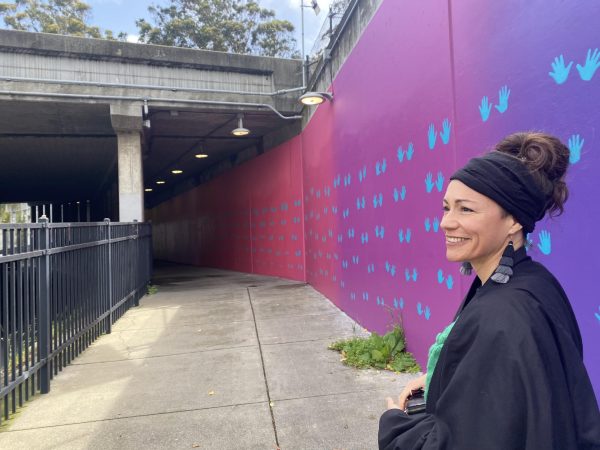
The mural’s design is a sunrise-to-sunset concept that features an ombre of purple, pink, red and orange that feeds into a yellow center, illuminating the darkest part of the tunnel, layered by sky-blue stenciled child-sized hands.
“I want little kids to see themselves. It has brought me joy when I have been in the tunnel and seen little kids get out of their strollers and come up. I’m like ‘They’re doing it!’ They see themselves in the wall, it’s working,” Gorum said. “Another day I was having a really tough time in the tunnel, it was raining and a group of junior high school kids came walking through and they’re like, ‘That’s my handprint’ and they were jumping up high [to reach the hands].’”
Having the public as your client means being exposed to all kinds of feedback about your art, according to Gorum. The public’s misconceptions about public art and the hidden aspects of public art installation is something Gorum has built up a resilience towards.
“That one negative [bias], you ruminate over that a bit, but it’s hard to hear a lot of positive comments and let those sink in, you get both sides inevitably,” said Gorum.
According to Gorum, one of the good parts about being an artist is the freedom to creatively navigate the hurdles of public installation art, especially pervasive financial pressures that can make you sick of working in the field or can motivate you as an artist.
“What makes a good artist, whether it’s public art or not, I think is just persistence,” Gorum said.



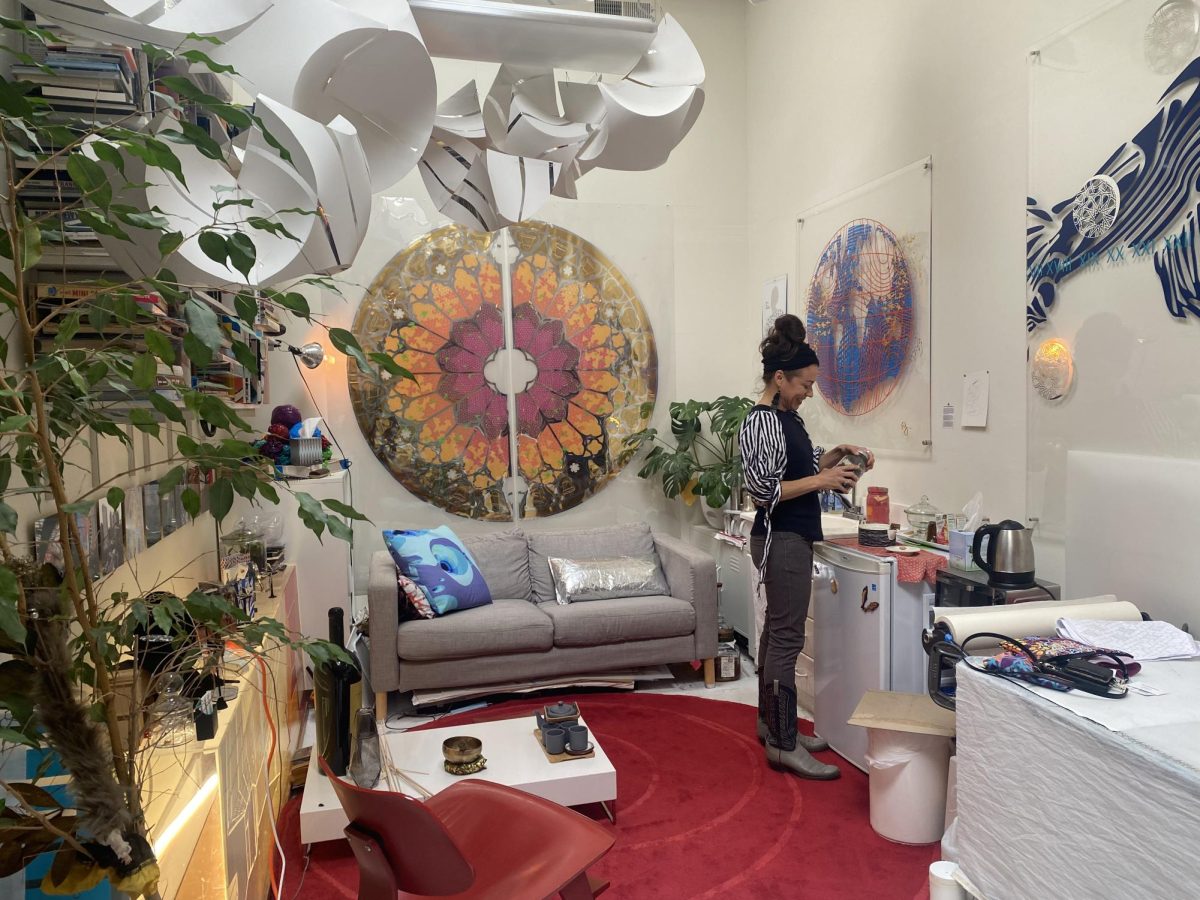
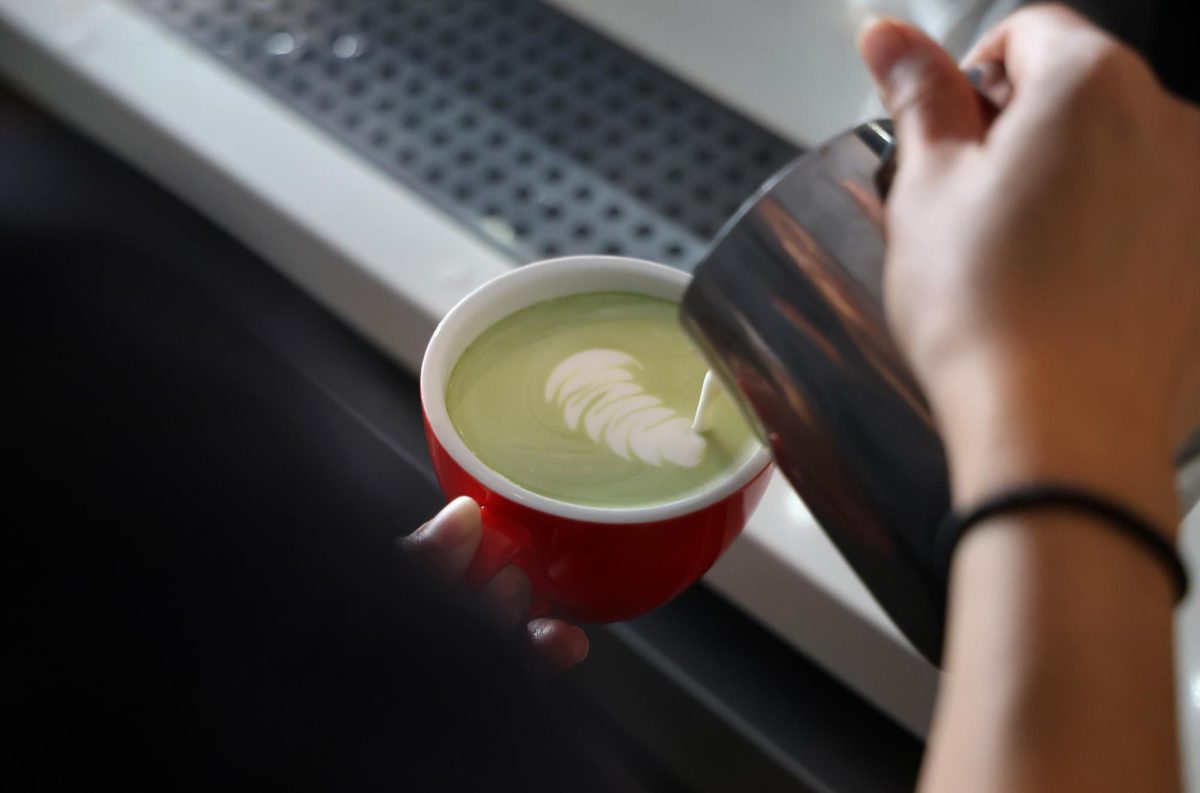
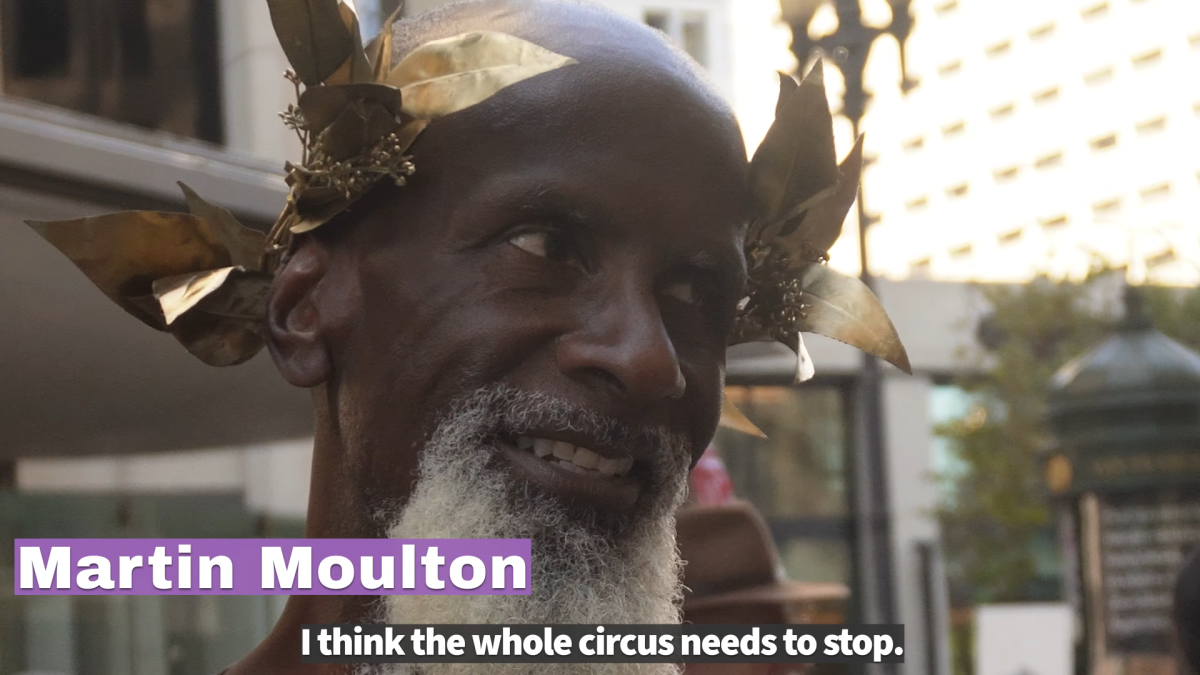
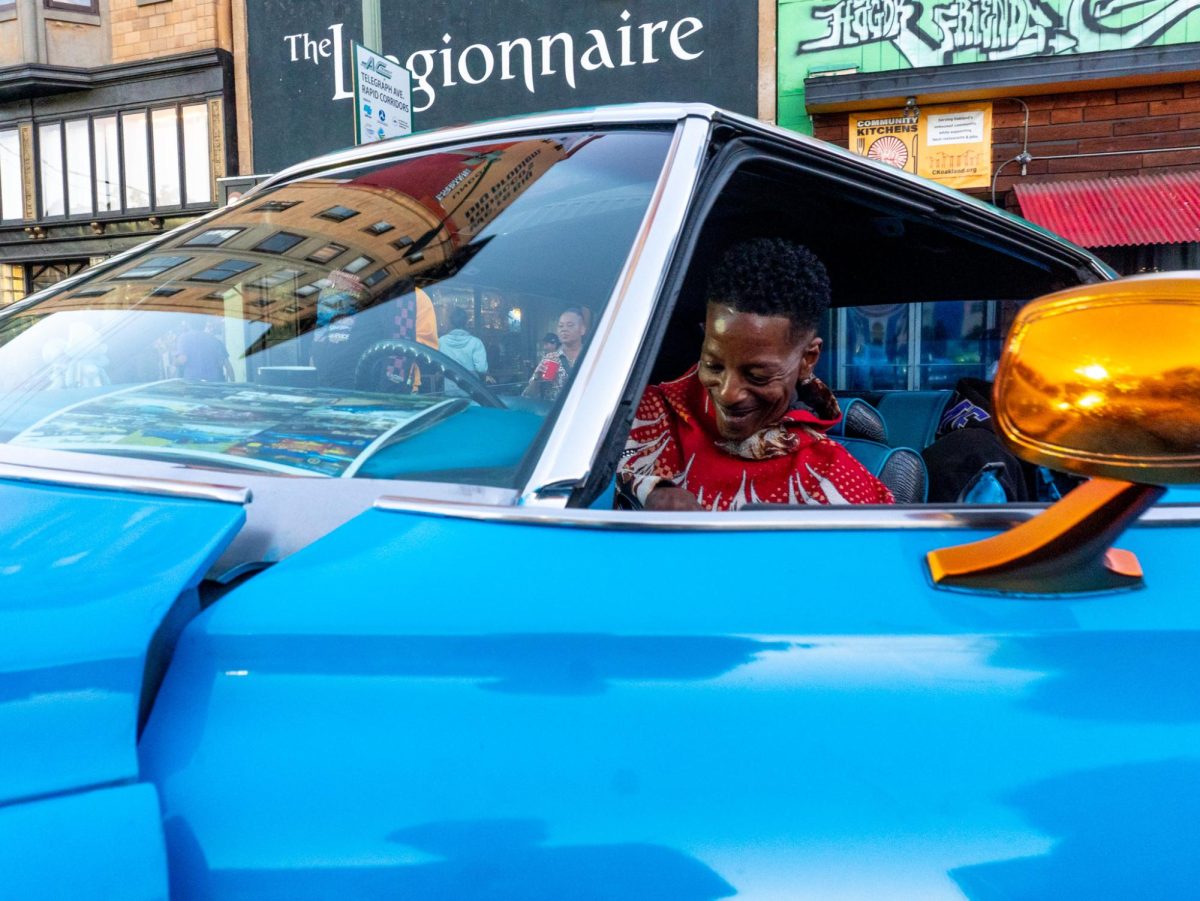
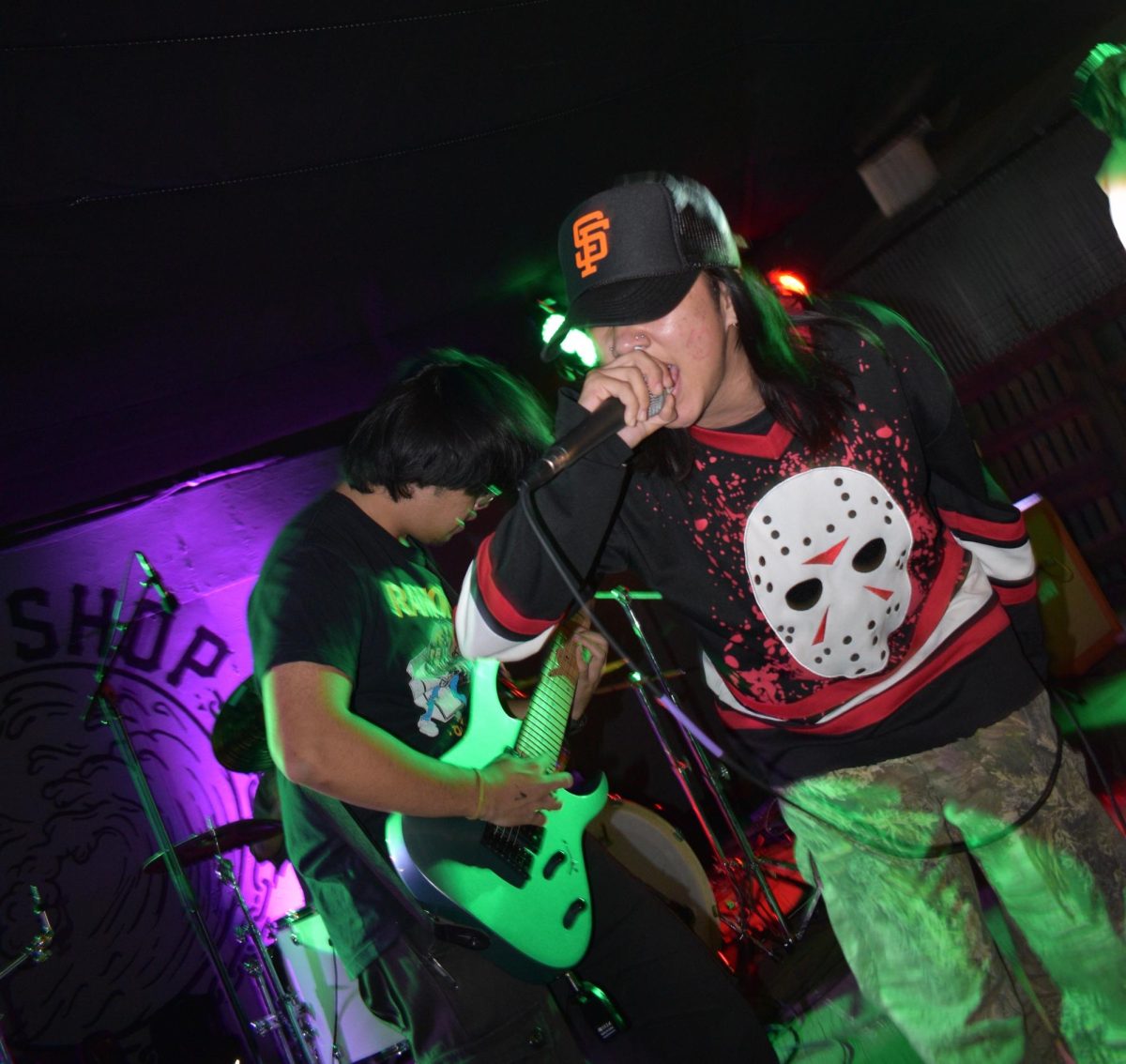
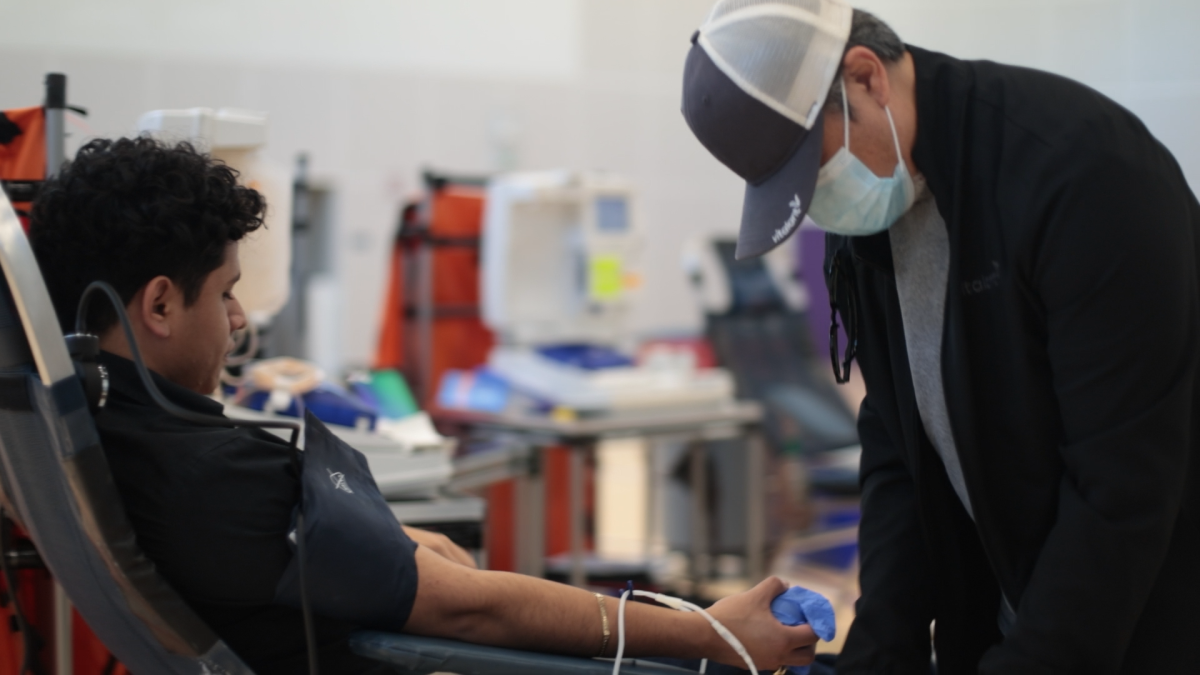
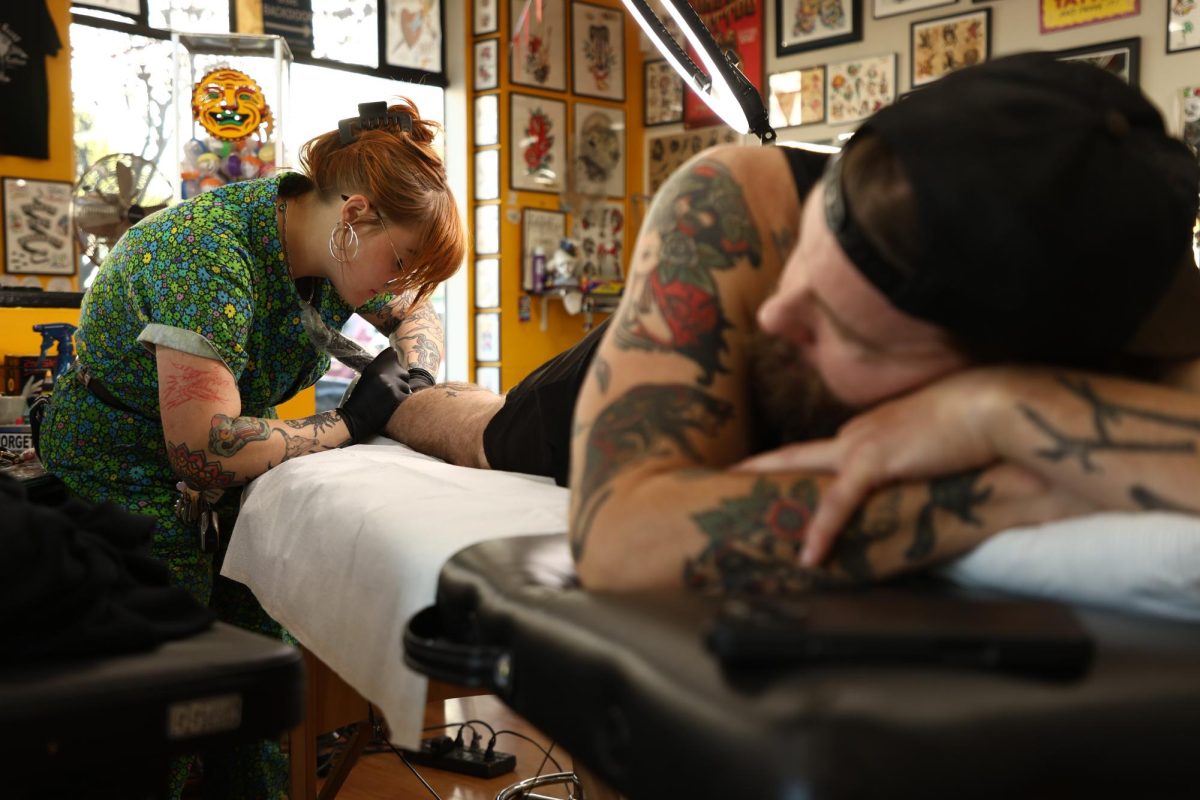
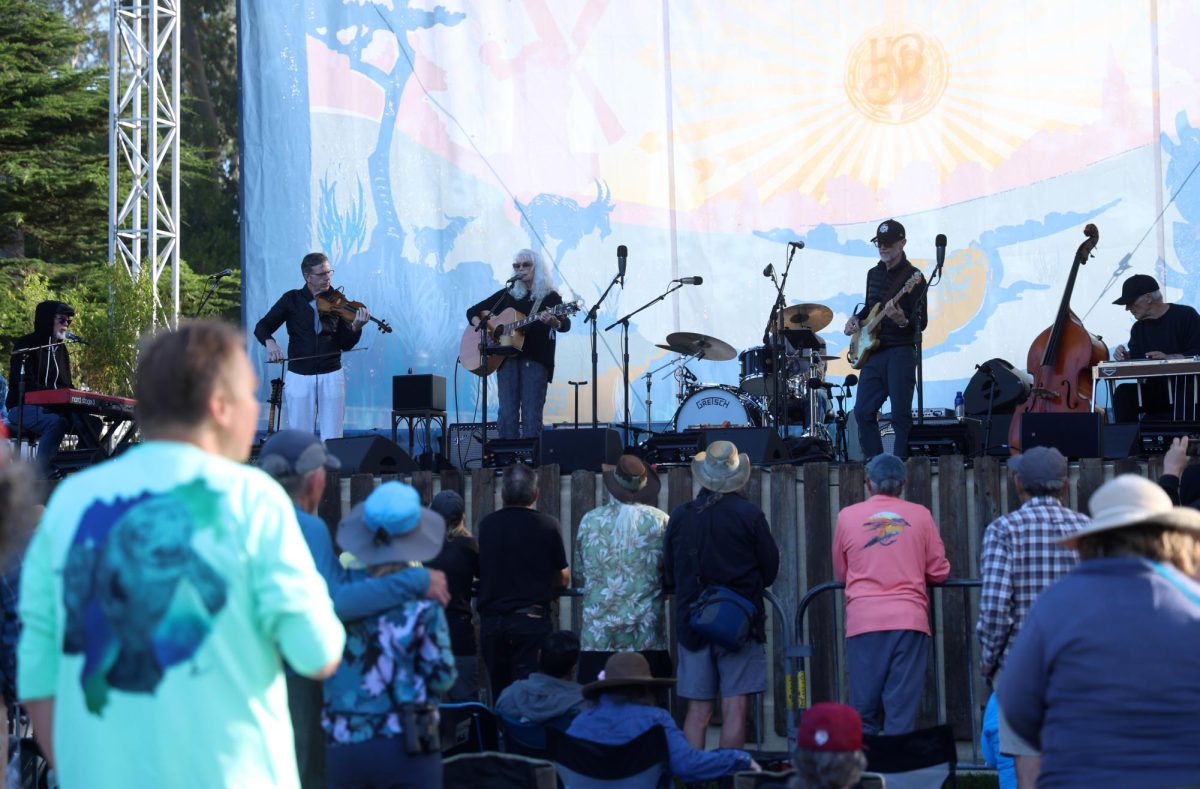

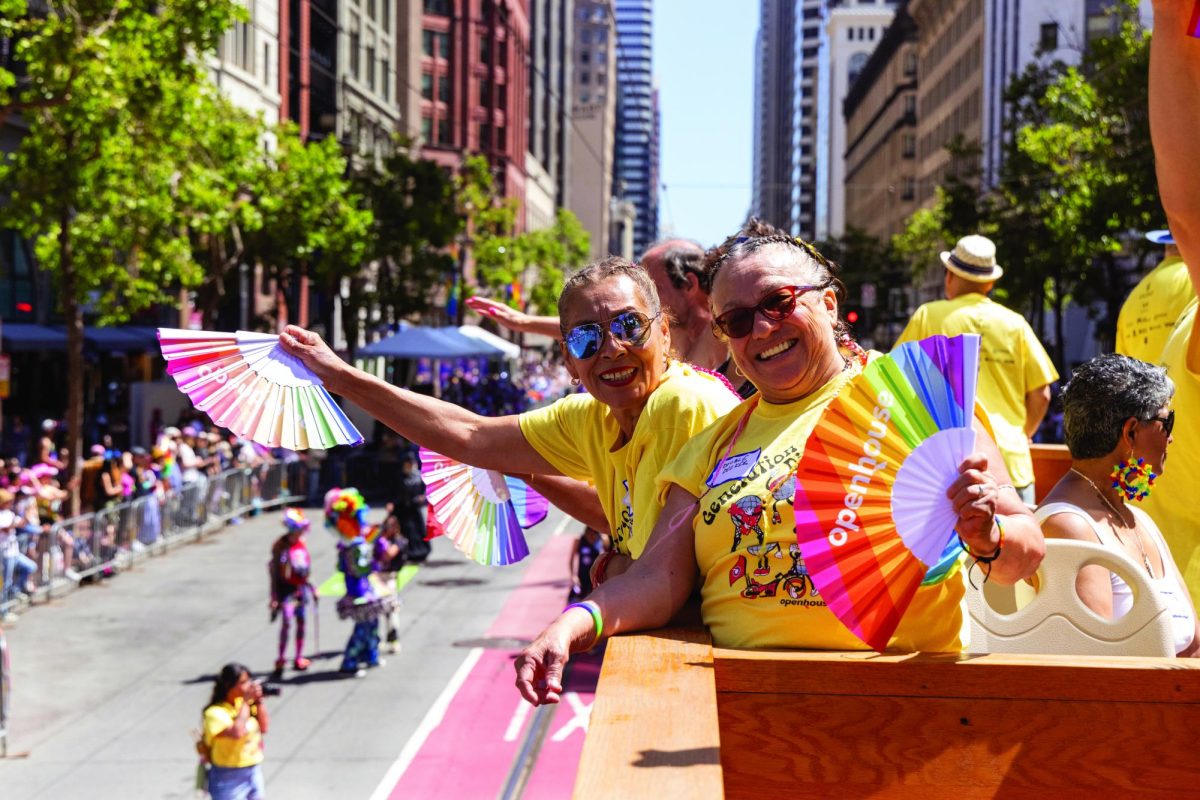
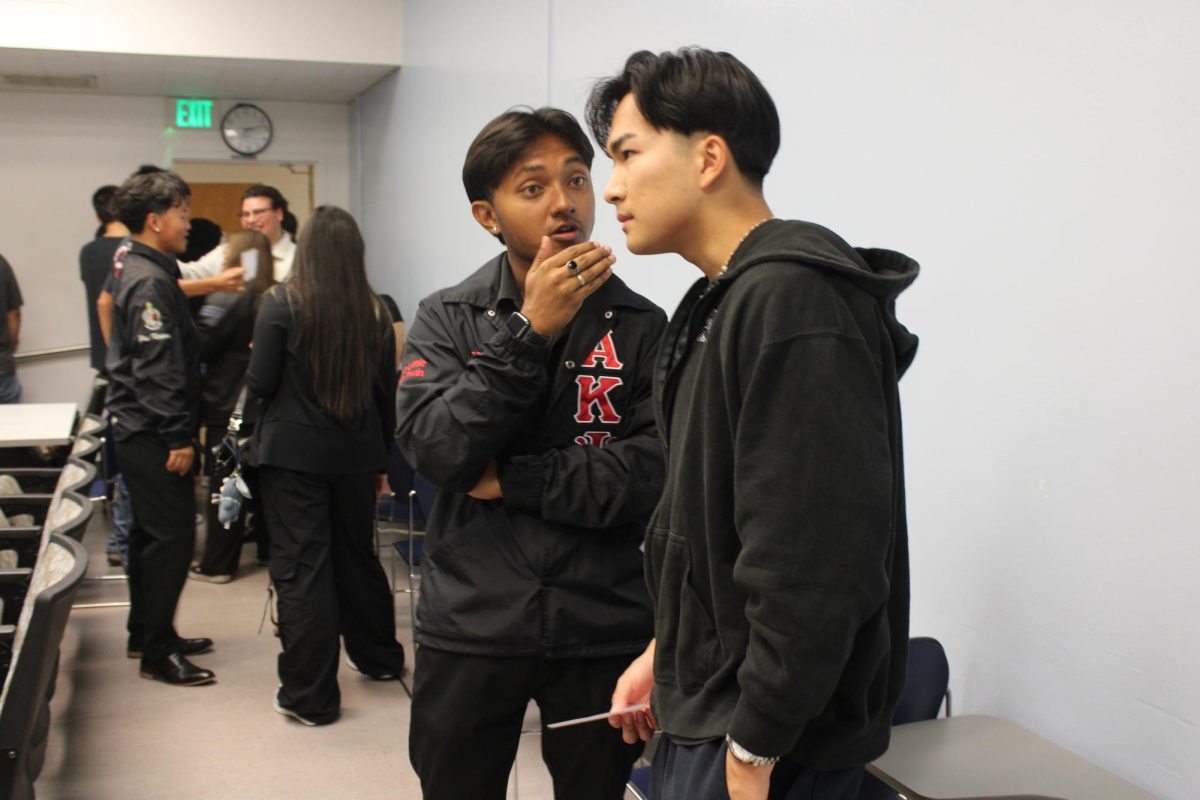
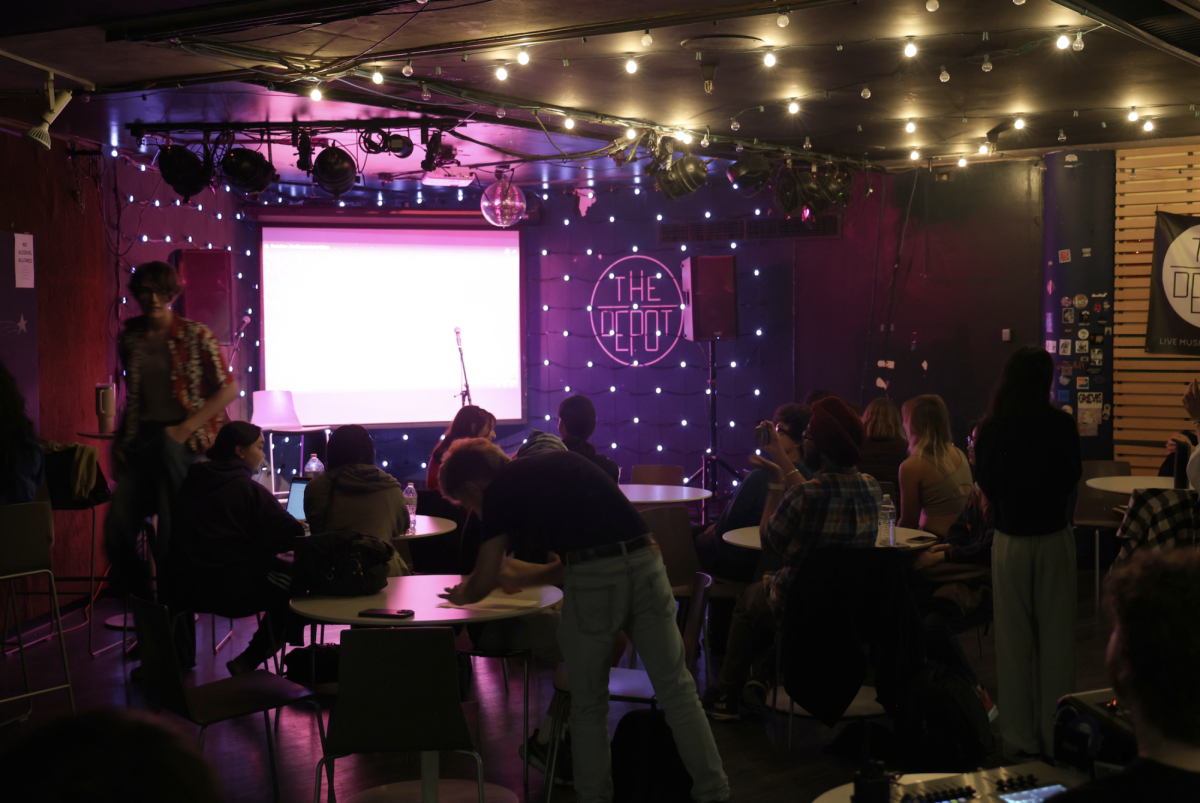
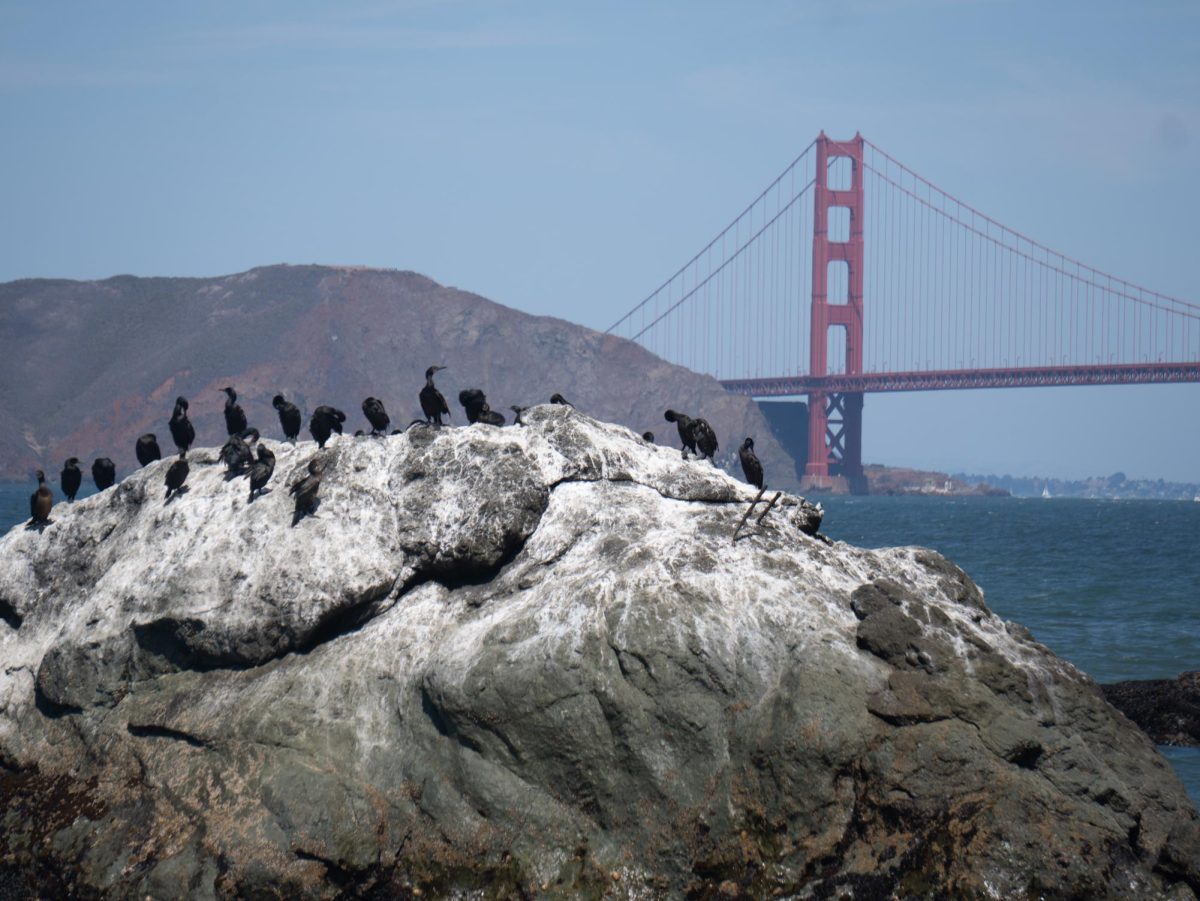
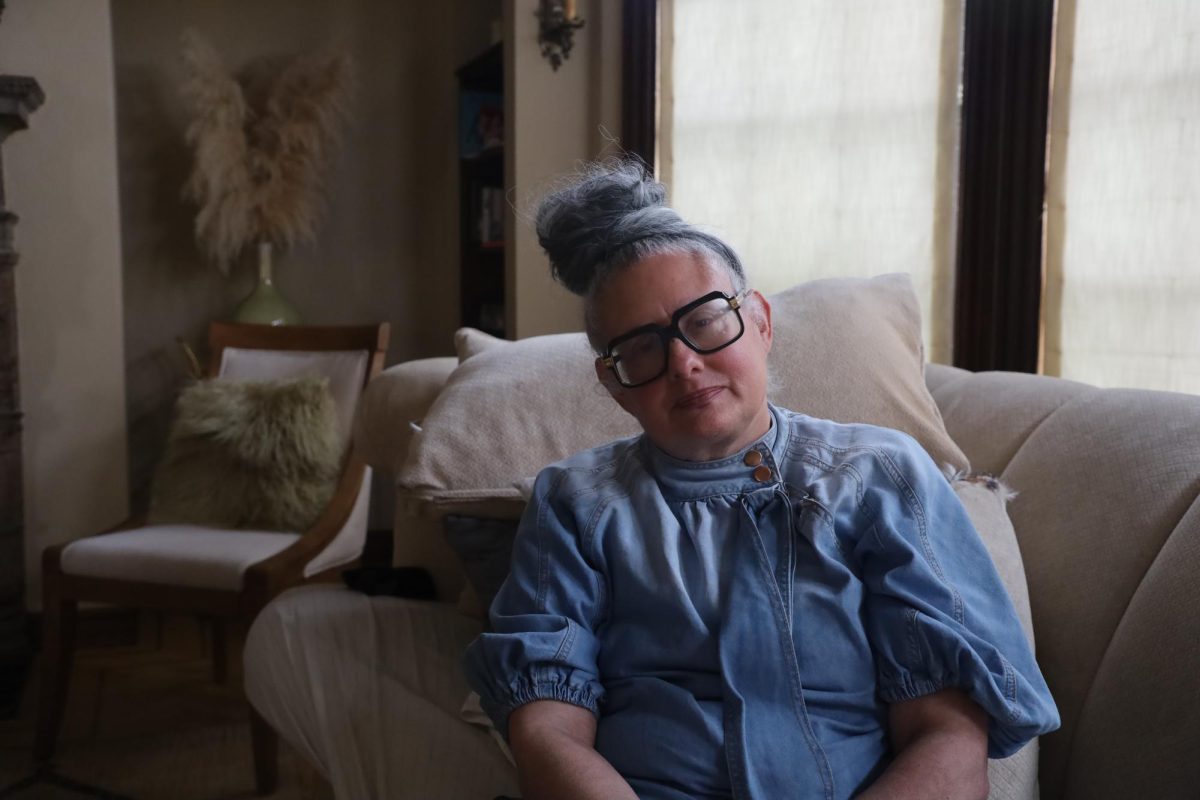
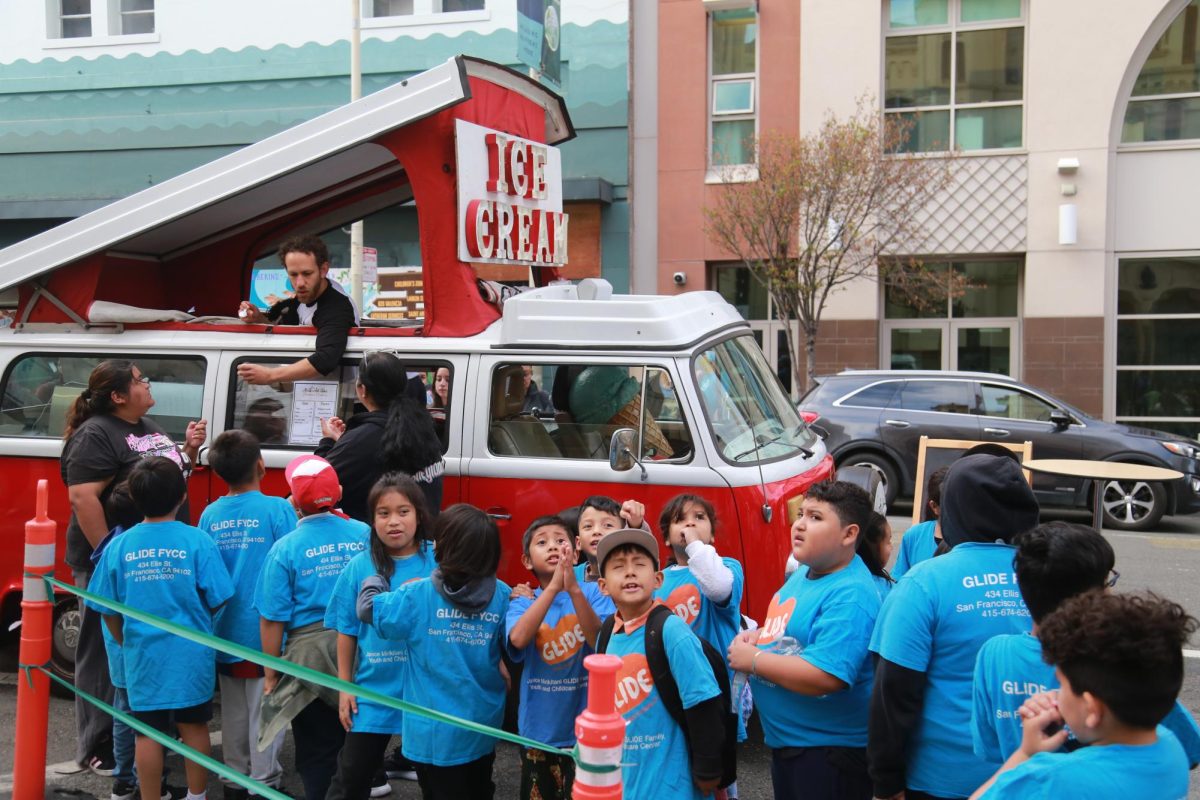
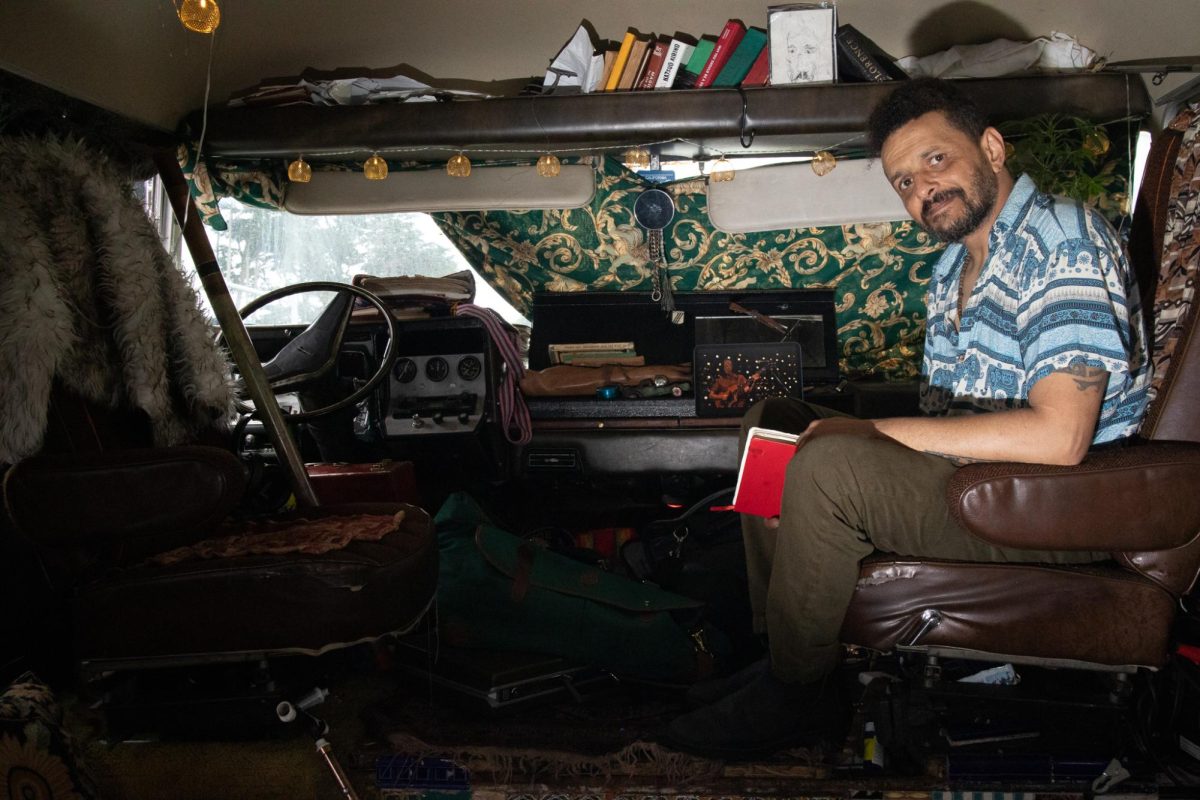
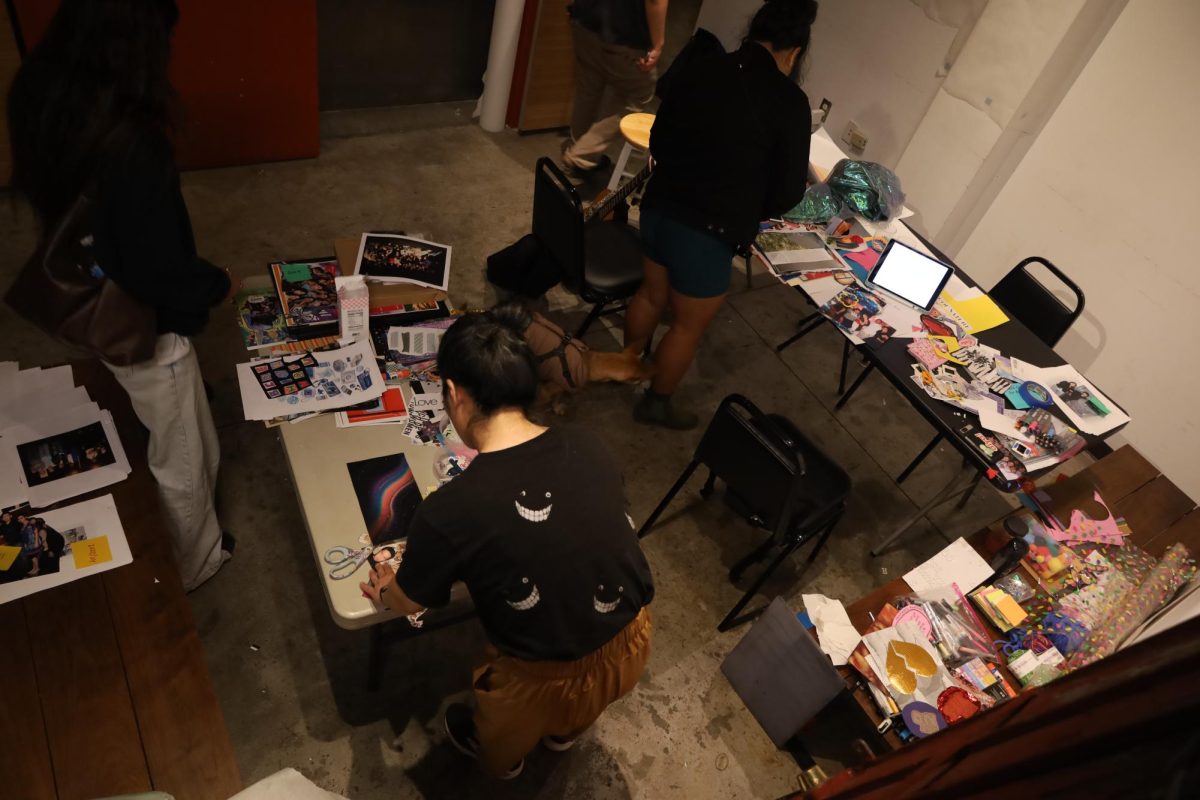
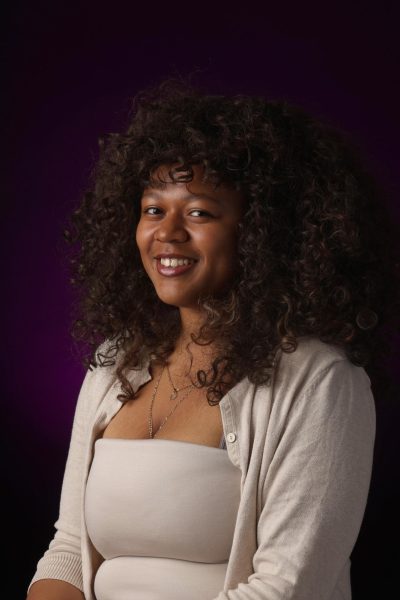
Kris Morrella • May 18, 2025 at 12:44 pm
I had the pleasure of being Raylene‘s high school English teacher: I always knew she was special!